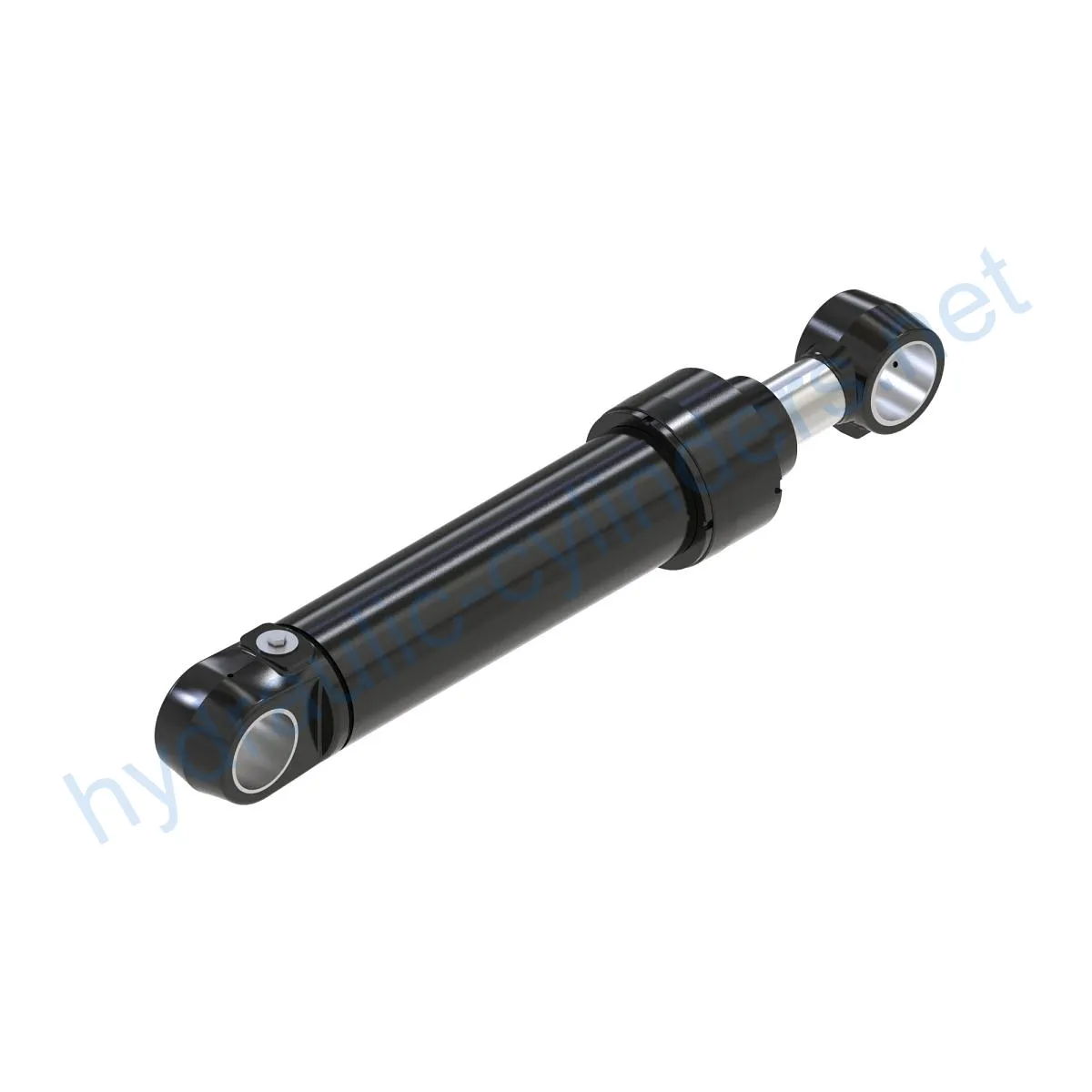Replacement Of AT183261 Hydraulic Cylinder
Mint a hidraulikus hengerek egyik gyártója, szállítója és exportőre a mechanikai termékek, kínálunk hidraulikus hengerek és sok más termék.
Kérjük, lépjen kapcsolatba velünk a részletekért.
Posta:sales@hydraulic-cylinders.net
Hidraulikus hengerek gyártója, szállítója és exportőre.
Replacement Of AT183261 Hydraulic Cylinder
Product Introduction
The Replacement Of AT183261 Hydraulic Cylinder is a crucial component used in various machinery. It plays a vital role in providing the necessary force for hydraulic systems to operate effectively.
Specifications
- Weight: 19.9 lb
- Height: 3.3 in
- Width: 3.4 in
- Length: 22.6 in
Model
The Replacement Of AT183261 Hydraulic Cylinder is compatible with model 210LE.
Features
- Improved Equipment Performance: Replacing damaged or worn-out hydraulic cylinders restores the normal operation of the equipment, ensuring its performance in various applications.
- Enhanced Safety: Regularly replacing hydraulic cylinders reduces safety hazards caused by cylinder failures, ensuring the safety of operators and equipment.
- Overload Protection: New cylinder designs often incorporate better overload protection mechanisms, enhancing safety.
- Quick Installation: Modern hydraulic cylinders are designed with easy installation and replacement in mind, minimizing downtime.
- Standardized Components: Many hydraulic cylinders are standardized products, making it easier to obtain replacement parts in the market.
Applications
- Excavators: Hydraulic cylinders in excavator arms or buckets may get damaged due to long-term use or overload, requiring replacement to restore normal operation.
- Cranes: Hydraulic cylinders in crane boom arms are prone to wear during frequent lifting and lowering, necessitating regular replacement for safety reasons.
- Tractors: Hydraulic cylinders in front-end loader attachments of tractors may experience leaks or performance degradation during continuous lifting and tilting operations, necessitating replacement.
- Harvesters: Hydraulic systems endure high pressure during harvesting, and fatigue can lead to cylinder damage, requiring timely replacement to maintain work efficiency.
- Automated Production Lines: Hydraulic cylinders are used to control robotic arms and other automated equipment. Cylinder failure can significantly impact production efficiency, necessitating immediate replacement.
- Die-Casting Machines: In high-pressure and high-temperature environments, hydraulic cylinders may experience performance degradation. Regular replacement ensures product quality.
- Mining Equipment: Hydraulic cylinders are used for lifting and moving heavy loads in mining equipment. Due to harsh working conditions, regular inspection and replacement are necessary to avoid equipment failures.
- Bulldozers: Wear on hydraulic cylinders in bulldozer blade arms can result in reduced pushing capacity, requiring timely replacement to maintain operational efficiency.
Maintenance Tasks
- Regular Inspections: Perform routine checks to identify any signs of damage or wear on the hydraulic cylinder.
- Proper Lubrication: Ensure the cylinder is appropriately lubricated to reduce friction and prolong its lifespan.
- Seal Replacement and Calibration Checks: Replace worn-out seals and conduct calibration tests to maintain optimal performance.
Safety Considerations and Environmental Factors
When using hydraulic cylinders, it is crucial to prioritize safety measures to prevent accidents. Adequate training and adherence to safety protocols are essential to ensure the well-being of personnel and equipment. Additionally, environmental factors should be taken into account to minimize the impact of hydraulic cylinder operation on the surroundings.
Troubleshooting and Common Issues
Faulty hydraulic cylinders can lead to various problems. Some common issues include leaks, insufficient force, and abnormal cylinder movements. To diagnose and resolve these problems effectively, consider the following tips:
- Inspect all connections and seals for potential leaks.
- Check hydraulic fluid levels and quality.
- Ensure proper alignment and positioning of the cylinder.
- Verify that the hydraulic system is free from any blockages or obstructions.
Preventive Measures
To minimize potential issues, it is recommended to:
- Follow a regular maintenance schedule.
- Monitor hydraulic fluid levels and quality.
- Perform routine inspections for signs of wear or damage.
- Provide proper operator training on hydraulic cylinder operation.

Design Considerations and Selection Criteria
When selecting a hydraulic cylinder, several factors should be considered:
- Load-Bearing Capacity: The cylinder must be able to withstand the intended load.
- Sealing Capability: Seals should effectively prevent leakage and ensure system integrity.
- Durability: The cylinder should be able to withstand the operating conditions and maintain performance over time.
- Safety: Consider safety features such as overload protection mechanisms.
- Maintainability: The design should allow for easy maintenance and repair.
Sealing and Lubrication
Hydraulic cylinders use various sealing components, such as piston seals and rod seals, made of durable materials like polyurethane and nitrile rubber. The cylinder body and threaded ends undergo meticulous surface treatment to enhance wear resistance. Regular lubrication with appropriate hydraulic oil is necessary to ensure smooth operation.
Regular Inspection and Preventive Maintenance
Regular inspection and preventive maintenance are essential for optimal hydraulic cylinder performance. Proper installation, lubrication, and adjustment are crucial. Providing guidance on aligning the cylinder correctly and recommending the use of suitable mounting brackets to secure the cylinder can significantly extend its lifespan. Additionally, suggesting inspection, repair, and replacement procedures, as well as offering component replacement and rebuilding services, can help improve the longevity of hydraulic cylinders.
Safety Considerations and Environmental Factors
When using hydraulic cylinders, it is crucial to prioritize safety measures to prevent accidents. Adequate training and adherence to safety protocols are essential to ensure the well-being of personnel and equipment. Additionally, environmental factors should be taken into account to minimize the impact of hydraulic cylinder operation on the surroundings.
Troubleshooting and Common Issues
Hydraulic cylinder problems may arise due to various reasons. Common issues include leaks, insufficient force generation, and irregular movements. To diagnose and resolve these problems effectively, consider the following tips:
- Inspect all connections and seals for potential leaks.
- Check hydraulic fluid levels and quality.
- Ensure proper alignment and positioning of the cylinder.
- Verify that the hydraulic system is free from any blockages or obstructions.
<
Take a Tour of Our VR Factory:
Take a tour of our VR factory with the following
Hydraulic Cylinder Application:


